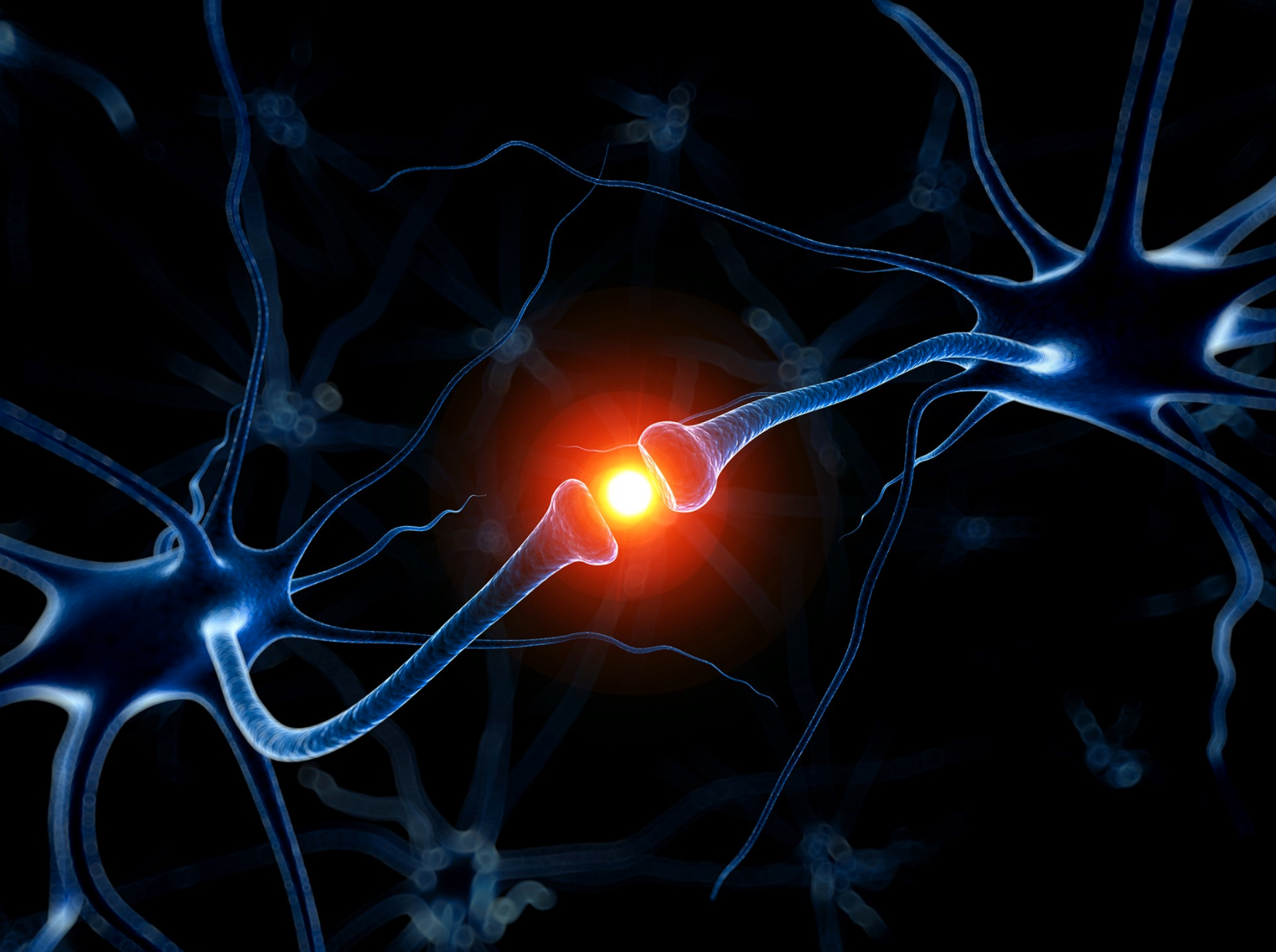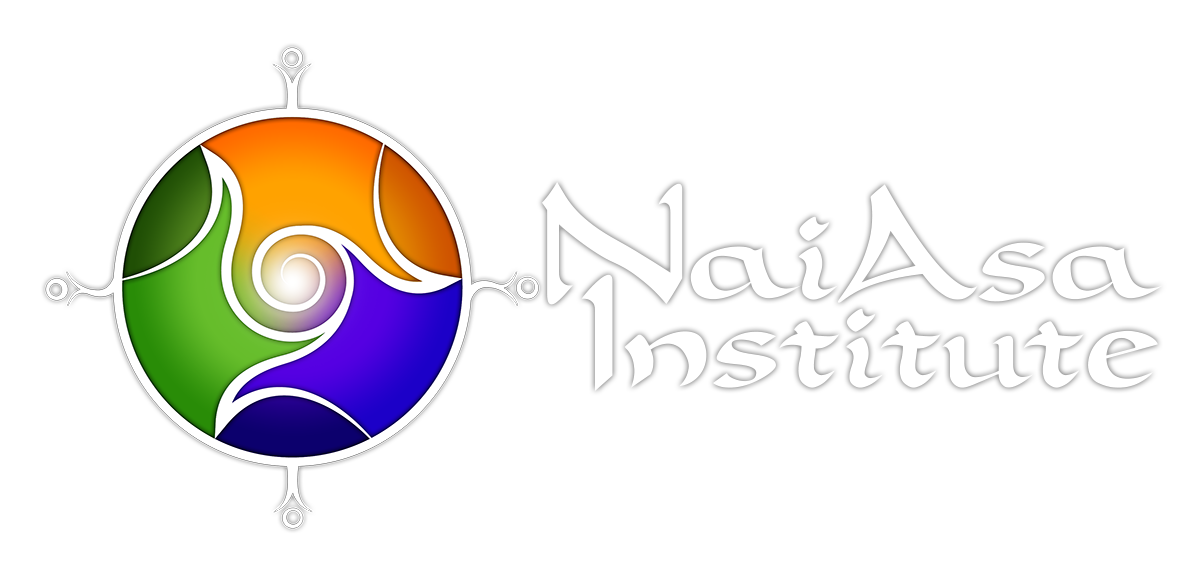
The Medicine of Flow Sacred Scholarship
SCHOLARLY PAPERS BASED ON NEUROSOMATIC FLOW™
As part of the inaugural, 2020 NeuroSomatic Flow™ Teacher Training, students were required to submit a scholarly paper & video presentations based on their learnings from the course.
One of those submittals is featured below . . . .
Heart Coherence: Social And Global Implications
By Leigh P. Nadel
September 11, 2020
Sacred Scholarship Paper and Video Presentation
2020 NeuroSomatic Flow™ Teacher Training Program
As knowledge and understanding of the human body advances, we have learned that there is more than one intelligent organ. Patients of heart transplants have been shown to inherit cellular memories from their donors, reporting changes in tastes, personalities, and even emotional memories. The heart is now considered a second brain, linking us to “a higher intelligence through an intuitive domain where spirit and humaneness merge” (Childre & Martin, 1999, p .xvii). Heart intelligence enables us to process information more intuitively and allows for feelings of love, compassion, and forgiveness, which often result in a state of peace and heightened awareness. When we are able to reach a state where the brain, heart, and emotions are in energetic alignment and cooperation, this is referred to as coherence. Coherence is a harmonious state, where multiple systems act as one, and the individual is in a state of flow. “Practicing shifting to a more coherent state increases intuitive awareness and leads to shifts in perception and world views from which better informed and more intelligent decisions can be made” (McCraty, 2011, p. 91). Coherence has many benefits including reductions in stress, depression, and test anxiety, and improvements in immune function, overall well being, long-term memory, and cognitive function (McCarty, 2011, p. 94).
Coherence can be measured with heart rate variability (HRV) patterns or heart rhythms, which represent beat-to-beat changes in the heart rate. Positive emotional states such as appreciation and love produce a smooth HRV pattern, which correlates to cardiovascular efficiency, autonomic nervous system balance, and coherence. When one is angry or frustrated, the HRV pattern will be sporadic and jerky and result in incoherence, disharmony in the autonomic nervous system, wasted energy, and an overall negative effect on health. Interestingly, research has shown changes in HRV patterns are “independent of heart rate; that is, one can have a coherent or incoherent pattern at higher or lower heart rates” (McCraty, 2011, p. 88). This finding implies that coherence is possible with a range of activities, from sitting meditation to the physical movement mediation of flow arts. The HeartMath Institute has developed reliable and valid tools to tap into heart intelligence and facilitate coherence; these techniques are centered around bringing focus to the area of the heart and generating positive feelings such as appreciation or love.
Coherence can be achieved individually and in groups. An interesting study on collective coherence (Morris, 2010) examined whether a group of people trained in heart rate variability coherence (HRVC) can facilitate higher levels of HRVC in an untrained person in close proximity. A group of 15 school teachers and administrators were trained in HeartMath techniques over 8 weeks. During 10-minute trials, a group of 3 trained participants would facilitate HRVC of a non-trained receiver in close proximity. What they found was fascinating - there was no significant difference in HRVC levels between trained participants (senders) and untrained participants (receivers). As the heart’s electromagnetic field extends 8-10 feet beyond the body, it is very plausible that we are able to transmit heart rhythms to another person nearby, essentially entraining one heart with another. This study also revealed that receivers were able to achieve higher HRVC levels when the sender was someone they liked, indicating the importance of establishing a relationship of trust in preparation for this exercise. The authors found evidence of heart-to-heart synchronization across subjects, implying the possibility of heart-to-heart bio-communications. Considering these findings, the authors urge for regular practice of emotional empathy towards others.
A more recent study (Edwards, 2018) examined the efficacy of HeartMath for social coherence and work spirit. A group of 17 students and staff in an education unit completed an Ubuntu type HeartMath intervention, which included: social coherence instruction, HeartMath heart-focussed breathing, and group discussion of ways in which Ubuntu could promote social coherence. The African philosophy of ubuntu signifies “I am because we are”, that we are all connected in oneness, and what benefits another benefits ourselves. The results showed improvements post- intervention in social coherence, work spirit, and especially in psychophysiological coherence, where participants perceived enhanced skills in managing feelings and upgrading personal and therapeutic skills. This study was limited by a small sample size and the findings warrant further investigation but imply a benefit from pairing the philosophy of ubuntu with HeartMath principles. The author notes: “If this is directed towards Ubuntu in a coherent heartfelt way, as in awareness, dignity, respect, valuing of and focus on coherent communication, and beneficial human relationships, it seems reasonable to predict that these will probably continue to be associated with generally improved social consciousness and behaviour” (Edwards, 2018, p. 424).
Research has demonstrated the ability of social coherence as well as human sensitivity to electromagnetic and solar activity via HRV. In 2008 the HeartMath Institute launched the Global Coherence Initiative (GCI), using a global network of ultra-sensitive, magnetic field detectors (magnetometers) to measure fluctuations in the Earth’s fields. One of GCI’s hypotheses is that “the earth’s magnetic and geomagnetic fields created in the ionosphere in turn create a bidirectional feed- forward and feedback loops with the collective emotional energy of humanity” (McCarty, 2011, p. 98). “GCI was established to help facilitate the shift in global consciousness from instability and discord to balance, cooperation, and enduring peace. A primary goal of GCI is to test the hypothesis that large numbers of people when in a heart-coherent state and holding a shared intention can encode information on the earth’s energetic and geomagnetic fields” (McCraty et al., 2012, p. 64). One researcher (Edwards, 2019) performed a single case study to examine his own coherence in relation to a single coherence group, various magnetometers in different locations all over the world, as well as total global coherence. This study used two HeartMath tools- 1) Inner Balance trainer and 2) Global Coherence App over a period of 2 months with a total of 154 training sessions. The author found several significant correlations between his own coherence and some of the magnetometers, some positive and some negative. The author’s coherence and achievement scores were both significantly correlated with total global coherence (−0.206 *, 0.367 **, respectively), where achievement is the sum of individual coherence scores during the length of a session. These findings are perplexing yet intriguing and warrant additional research; this study was limited in it’s small sample size and design. Additional research may include a larger sample size longitudinally with more continuous HRV monitoring. Research on the Global Coherence Initiative is limited but promising.
As the research has shown, practicing personal coherence has significant benefits for self and others. Given current times, the exploration and development of social and global coherence is more important than ever. Though more research is needed, there are implications that we can transmit electromagnetic waves of heart coherence to others in close proximity and potentially on a larger scale. Humans have altered the Schumann resonance with mass global meditations and we know heart rhythms are sensitive to such planetary frequencies. Imagine the impact we can have exploring HeartMath inspired heart-focused meditations with ourselves and others. When teaching NeuroSomatic™ Flow arts classes, facilitating HeartMath techniques to develop coherence could have a great benefit in helping students to relax, reduce performance anxiety, cognitively absorb information, and form long-term memories. As teachers if we can develop a sense of trust and likeness with our students, these coherence exercises will be even more effective. By combining coherence techniques with NeuroSomatic™ Flow arts we can connect with heart intelligence and intuition, allow space for authentic soul expression, and create an opportunity for transformation into the state of flow.
References
Childre, D. & Martin, H. (1999). The HeartMath Solution. HarperCollins Publishers. Edwards, S. D. (2019). Empirical and Heuristic Phenomenological Case Study of the
HeartMath Global Coherence Initiative. Int J Environ Res Public Health, 16( 7), 1245.
Edwards, S. D. (2018). Ubuntu HeartMath programme efficacy for social coherence and work spirit: Preliminary evidence. Journal of Psychology in Africa, 28( 5), 420-425.
McCraty, R. (2011). Coherence: bridging personal, social and global health. Act Nerv Super Rediviva, 53(3), 85–102.
McCraty, R., Atkinson, M., Stolc, V., Alabdulgader, A., Vainoras, A., & Ragulskis, A. (2017). International Journal of Environmental Research and Public Health, 14(7), 770.
McCraty, R., Deyhle, A., & Childre, D. (2012). The Global Coherence Initiative: Creating a Coherent Planetary Standing Wave. Global Advances in Health and Medicine, 1(1), 64-77.
Morris, S. (2010). Achieving Collective Coherence: Group Effects on Heart Rate Variability Coherence and Heart Rhythm Synchronization. Alternative Therapies in Health Medicine, 16( 4), 62-72.
